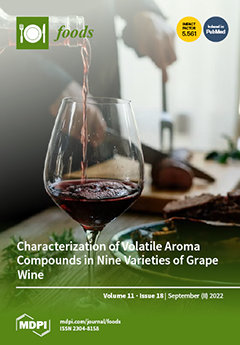The current study aimed to investigate the presence of
Salmonella spp. prevalence in buffalo meat in Egypt, along with studying the antimicrobial susceptibility of the recovered isolates.
Salmonella spp. was detected in 25% of tested buffalo meat. A total of 53 (100%) isolates were genetically verified by PCR as
Salmonella, based on the detection of the
invA gene. The
stn and
hilA genes were detected in 71.7% (38/53), and 83.0% (44/53) of the recovered isolates, respectively.
Salmonella Enteritidis (11/53; 20.7%) was the most commonly isolated serovar, followed by
S. Typhimurium (9/53; 17%),
S. Montevideo (6/53; 11.3%), meanwhile,
S. Chester,
S. Derby,
S. Papuana, and
S. Saintpaul were the least commonly identified serovars (a single strain for each; 1.9%). Among the 16 antimicrobials tested, amikacin, imipenem, gentamicin, cefotaxime, meropenem, ciprofloxacin, and enrofloxacin were the most effective drugs, with bacterial susceptibility percentages of 98.1%, 94.3%, 92.5%, 86.8%, 83.0%, 73.6%, and 69.8%, respectively. Meanwhile, the least effective ones were erythromycin, streptomycin, clindamycin, cefepime, and nalidixic acid, with bacterial resistance percentages of 100%, 98.1%, 88.7%, 77.4%, and 66%, respectively. Interestingly, the high contamination level of Egyptian buffalo meat with multidrug-resistant
Salmonella (79.2%; 42/53) can constitute a problem for public health. Therefore, programs to control
Salmonella contamination are needed in Egypt.
Full article






